Forget the Shots: Your Guide to Making Actually Good Tequila Cocktails
For the longest time, I thought tequila was a one-trick pony. You know the deal: late-night shots, a sad lime wedge, and a whole lot of regret the next morning. The old-school bartenders I learned from barely ever touched the stuff. But one quiet afternoon, a colleague from Mexico challenged me to make a real drink from his home—and no, it wasn’t a Margarita.
In this article
It was a Paloma. Just good blanco tequila, a pinch of salt, and grapefruit soda. That one drink completely flipped my perspective. It was crisp, complex, and seriously refreshing. It was proof that tequila wasn’t just party fuel; it’s a spirit with a soul, and it’s worth getting to know.
So, let’s move beyond the shot glass together. This is the stuff I teach my team when they’re learning the ropes—how to balance flavors, pick the right bottle for the job, and master the techniques that make a cocktail sing.
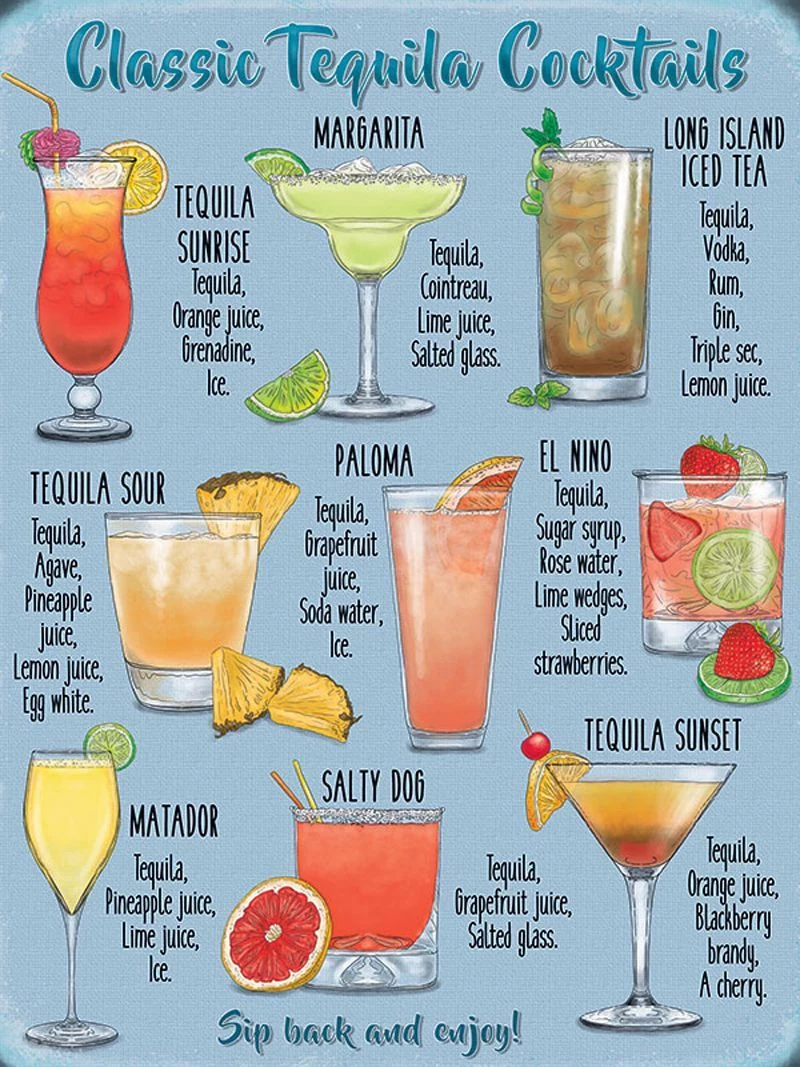
First Things First: Understanding What’s in the Bottle
Before you even think about shaking a single drink, you have to know what you’re working with. Honestly, the quality of your cocktail is 90% dependent on the quality of your tequila. Getting this right is everything.
The 100% Agave Rule (This is Non-Negotiable)
Let’s get this out of the way. If you see a bottle of tequila, flip it over. It MUST say “100% de Agave” on the label. If it doesn’t, put it back on the shelf. Seriously.
Bottles without that label are called “mixtos,” which means up to 49% of the alcohol comes from cheap sugars like corn or cane. That’s what gives you that harsh, gasoline-like burn and the legendary hangover. Real tequila, made from 100% Blue Weber agave, is smooth, earthy, and complex. Official regulations in Mexico ensure this, and it’s the only stuff we’ll be using.

Oh yeah, and where the agave is grown matters, too. Just like with wine grapes, the soil changes the flavor.
- Highland Tequilas: Grown in red, clay-rich soil, these are generally sweeter, fruitier, and a bit more floral.
- Lowland Tequilas: Grown in darker, volcanic soil, these tend to be more earthy, peppery, and herbaceous.
Which is better? Neither! They’re just different. A peppery lowland tequila is amazing in a Margarita, where it can stand up to the lime. A fruitier highland tequila can be incredible in a simpler drink where you want the spirit’s softness to shine.
Your Go-To Tequila Types: A Quick Rundown
Tequila is mainly broken down by how long it’s been aged. Each type has its place behind the bar. Don’t worry, it’s pretty simple.
- Blanco (or Silver): This is the pure, unaged expression of tequila. It’s what the spirit tastes like right off the still—all bright, peppery, citrusy agave flavor. This is your workhorse. It’s perfect for most classic cocktails like Margaritas and Palomas. For a fantastic, affordable bottle you can find almost anywhere, look for Espolòn or Olmeca Altos, usually running between $25 and $35. They’re my go-to for mixing.
- Reposado (“Rested”): This tequila has chilled out in an oak barrel for a couple of months to a year. That little nap gives it a light golden color and softens the flavor, adding notes of vanilla, caramel, and oak. It’s a bit warmer and more mellow than a blanco. Use a reposado when you want a bit more complexity, like in a Tequila Sour.
- Añejo (“Aged”): Now we’re talking about a tequila that’s been aged for one to three years. It’s darker, smoother, and way more complex, with deep notes of toffee, chocolate, and spice. To be frank, I almost never mix with añejo. It’s a sipping spirit, meant to be enjoyed neat like a fine whiskey. Using it in a juice-heavy cocktail is a waste of its character (and your money!).
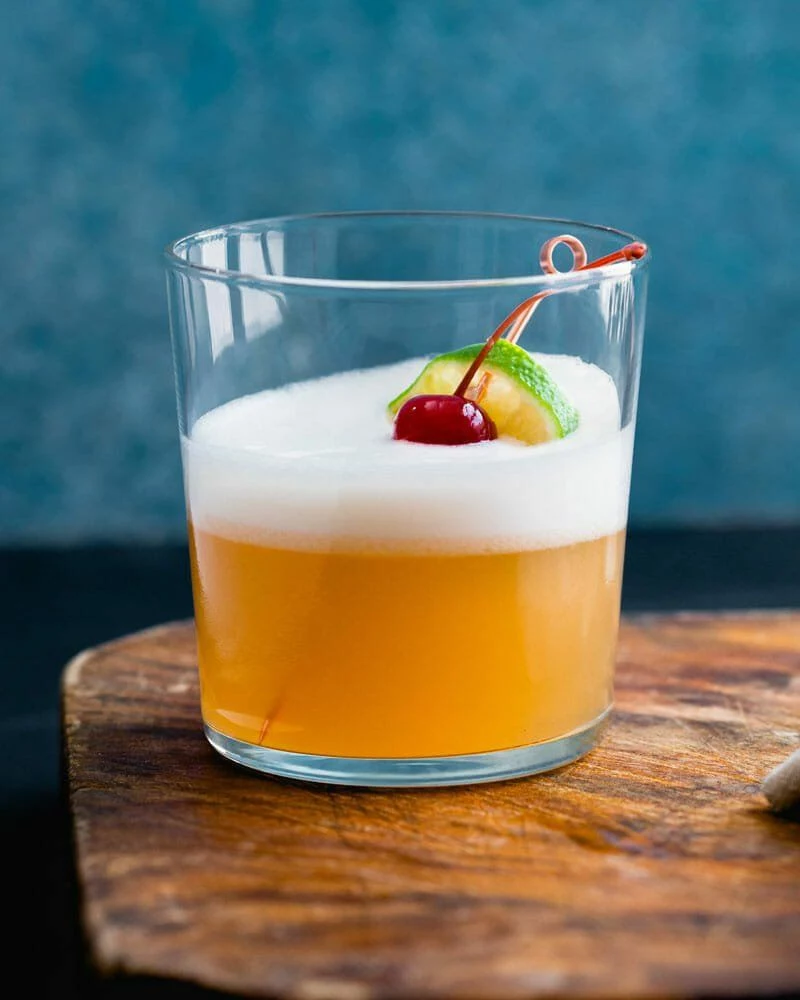
The Right Tools for the Job
You don’t need a suitcase full of fancy gear, but a few key items will make your life a whole lot easier and your drinks a whole lot better.
Most home bar kits give you a three-piece “Cobbler” shaker. It’s fine, I guess, but pros tend to avoid them. The metal lid can get stuck when it’s cold, and the small holes make for a slow pour. We use a Boston shaker—the kind with a big metal tin and a mixing glass (or a smaller tin).
It takes a little practice to get the hang of sealing and breaking it with a confident whack, but it allows for a much better, more vigorous shake. A good shake is what makes a drink perfectly chilled, diluted, and frothy.
Quick tip: Don’t have a shaker? No problem. In a pinch, a large mason jar with a tight-fitting lid works just fine. Just make absolutely sure it’s sealed before you go shaking it over your shoulder! I learned that one the hard way.
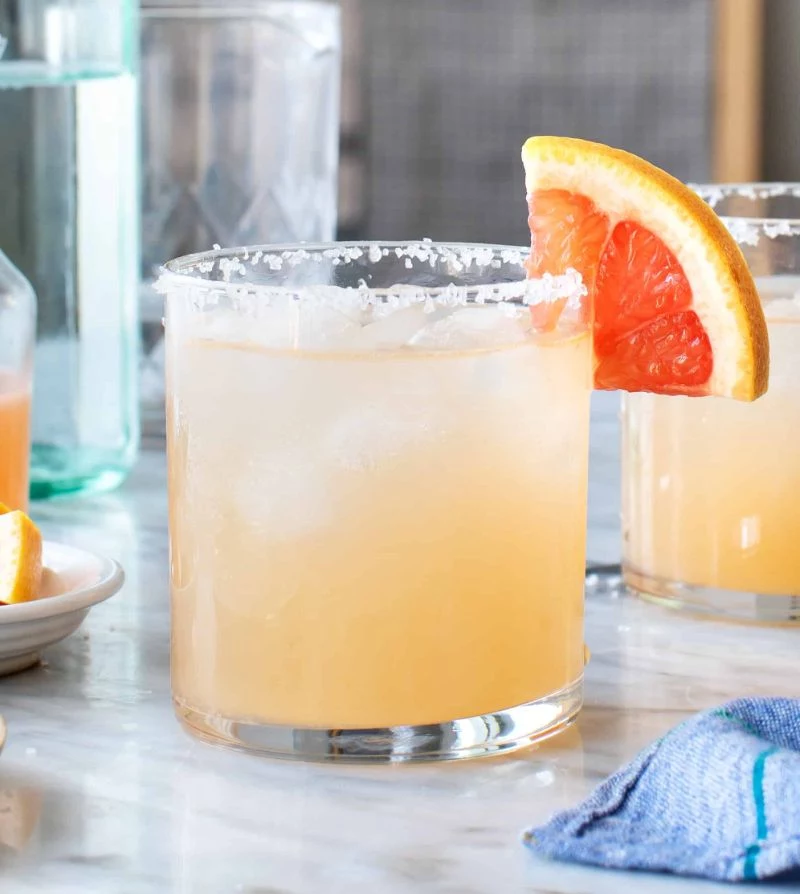
Foundational Recipes to Master
Instead of a huge list of drinks, let’s focus on mastering three. Once you understand the DNA of these cocktails, you can make almost anything.
1. The Real-Deal Margarita
Forget those neon green, sugary slushy mixes. A classic Margarita is a thing of beauty—a perfect balance of earthy, sweet, and sour.
Ingredients:
- 2 oz 100% agave blanco tequila
- 1 oz fresh-squeezed lime juice
- 1 oz Cointreau (or another quality orange liqueur)
- Coarse salt for the rim
The Method:
- Run a lime wedge around the outer rim of a rocks glass, then dip it in salt. Pro tip: Only salt half the rim. That way, your guest can choose if they want a salty sip or not. Fill the glass with fresh ice.
- Pour the tequila, lime juice, and Cointreau into your shaker.
- Fill the shaker with ice, seal it tight, and shake HARD for about 15 seconds. The outside of the tin should get frosty.
- Strain the cocktail into your prepared glass. Don’t use the leftover ice from the shaker—it’s broken down and will water down your drink. Garnish with a lime wedge.
Good to know: Why Cointreau and not a cheap $8 bottle of Triple Sec? Because most cheap triple secs are cloyingly sweet and can overpower the tequila. Cointreau costs more (around $35-$40), but it has a cleaner, brighter orange flavor that complements the drink instead of dominating it. It’s an upgrade you can absolutely taste.
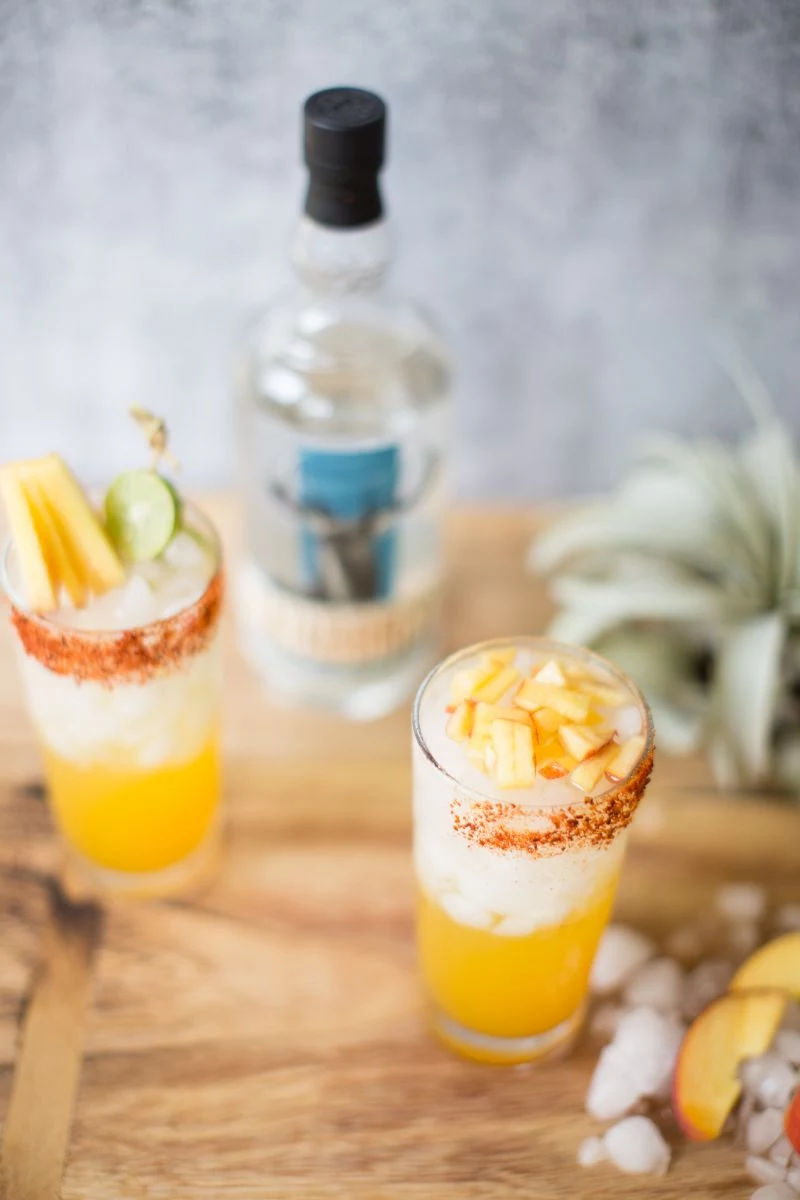
2. The Paloma
In many parts of Mexico, this is more popular than the Margarita, and for good reason. It’s ridiculously refreshing and couldn’t be easier to make.
Ingredients:
- 2 oz blanco tequila
- 1/2 oz fresh lime juice
- A pinch of salt
- 4-5 oz grapefruit soda
The Method:
This is a “built” drink, so no shaker needed. Just pour the tequila and lime juice into a tall Collins glass. Add the pinch of salt, then fill the glass with ice. Top it all off with grapefruit soda and give it a gentle stir. Garnish with a grapefruit or lime wedge.
By the way, the grapefruit soda matters. Look for Mexican brands like Jarritos or Squirt, which have a better sweet-tart balance. You can usually find them in the international aisle of your grocery store or at a local Mexican market.
3. The Tequila Sour (with Egg White!)
Don’t be scared by the egg white! It’s a classic technique that adds an incredible silky, creamy texture to the drink—no, it doesn’t taste eggy at all. A Tequila Sour made with a good reposado is a game-changer.
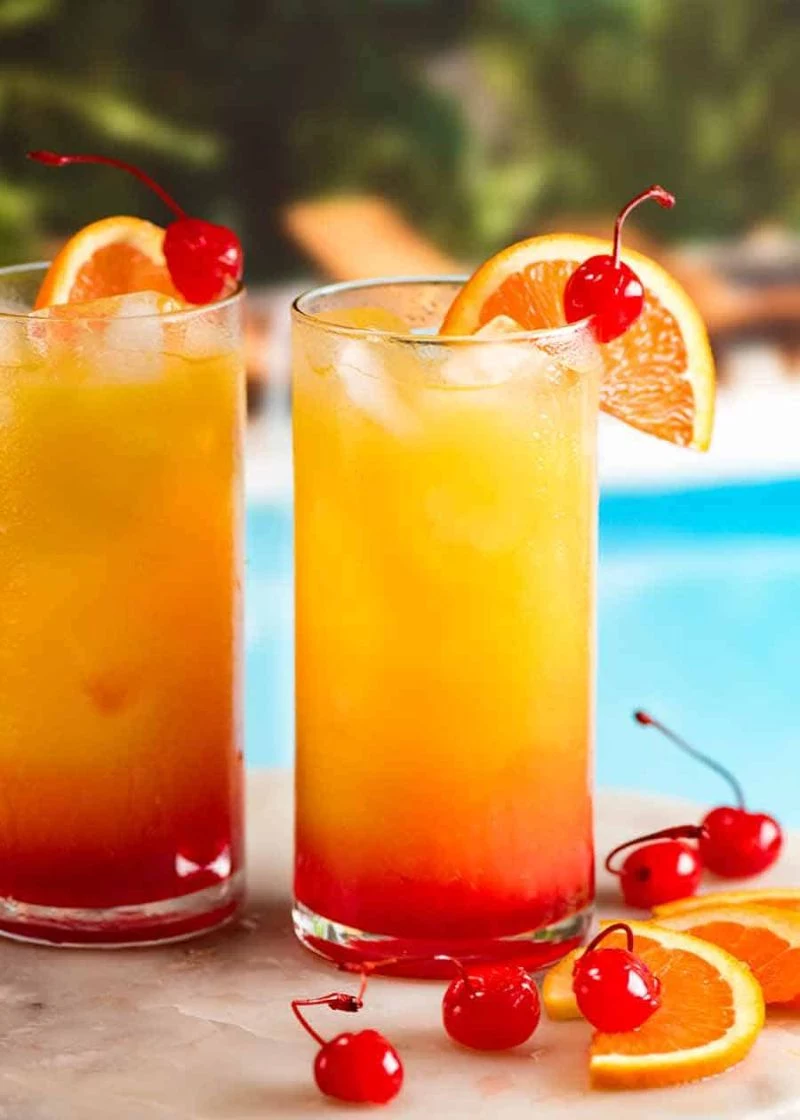
Heads up! If you’re concerned about using raw eggs, just use pasteurized egg whites from a carton. They work perfectly and remove any risk. A great vegan alternative is aquafaba (the liquid from a can of chickpeas)—about 1 oz works wonders.
Ingredients:
- 2 oz reposado tequila
- 1 oz fresh lemon juice
- 1/2 oz simple syrup
- 1 egg white (or 1 oz pasteurized alternative)
- Aromatic bitters for garnish
The Method (The Dry Shake):
- Combine the tequila, lemon juice, simple syrup, and egg white in your shaker without ice. This is the “dry shake.” Seal it and shake like crazy for 15 seconds to build a nice, thick foam.
- Now open the shaker, fill it with ice, and shake again for another 15 seconds. This is the “wet shake,” which chills the drink.
- Double strain (using a regular Hawthorne strainer and a small fine-mesh strainer) into a chilled coupe glass. This ensures the foam is extra smooth.
- Let the drink sit for 30 seconds for the foam to settle, then add a few drops of bitters on top.
Quick tip on Simple Syrup: Just mix one part hot water with one part sugar until it dissolves. Let it cool. Make a bigger batch and keep it in a sealed jar in the fridge. It’ll last for weeks and you’ll be ready for cocktails anytime.
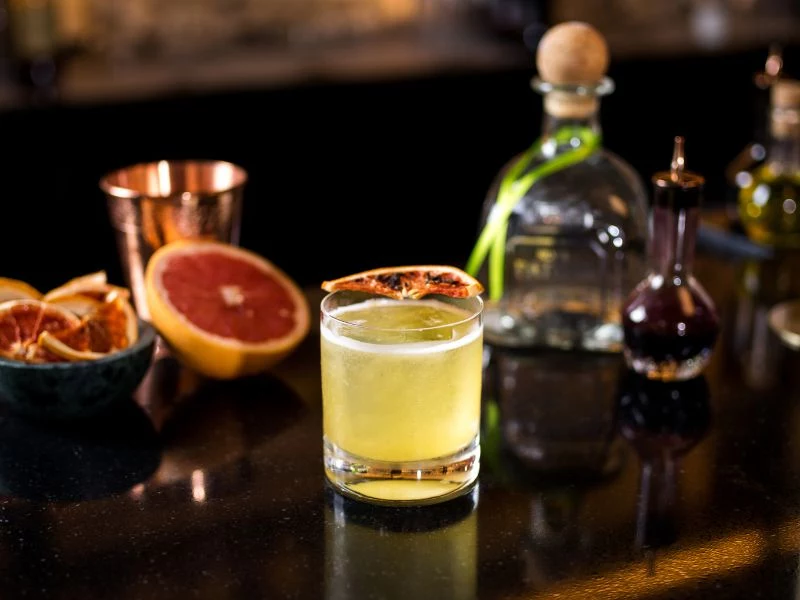
Inspirational Gallery
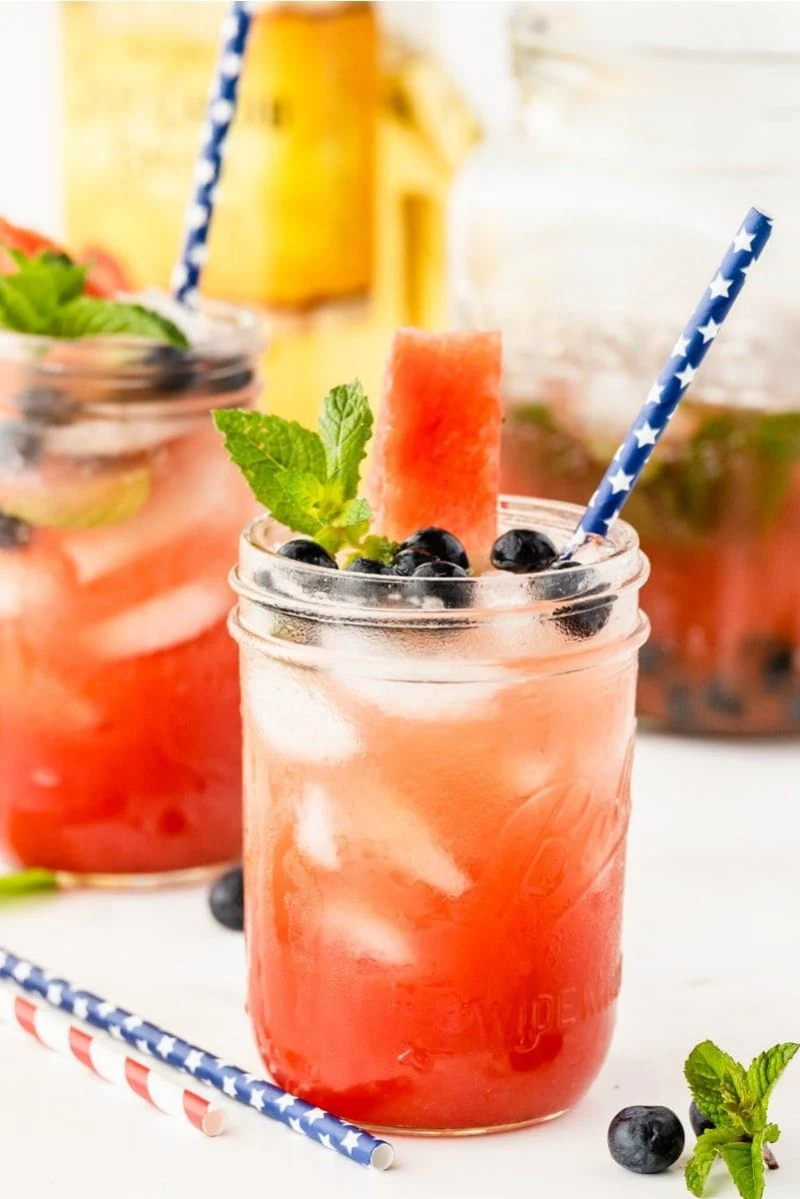
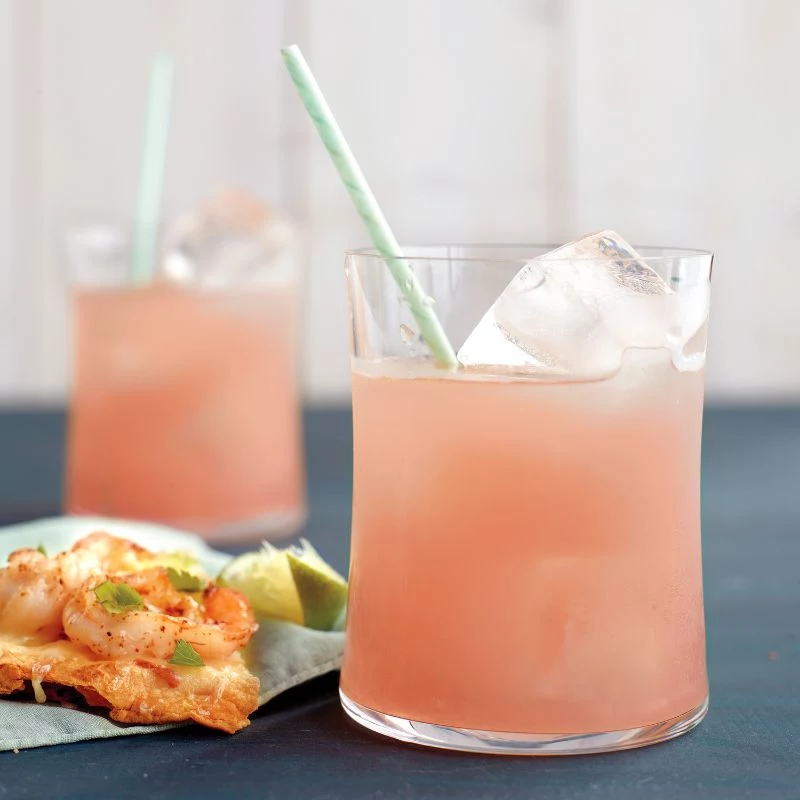
Blanco (or Silver): Unaged and bottled shortly after distillation, this is the purest expression of the agave. It’s crisp, peppery, and vegetal. Perfect for vibrant, citrus-forward drinks like a classic Margarita or Paloma.
Reposado (
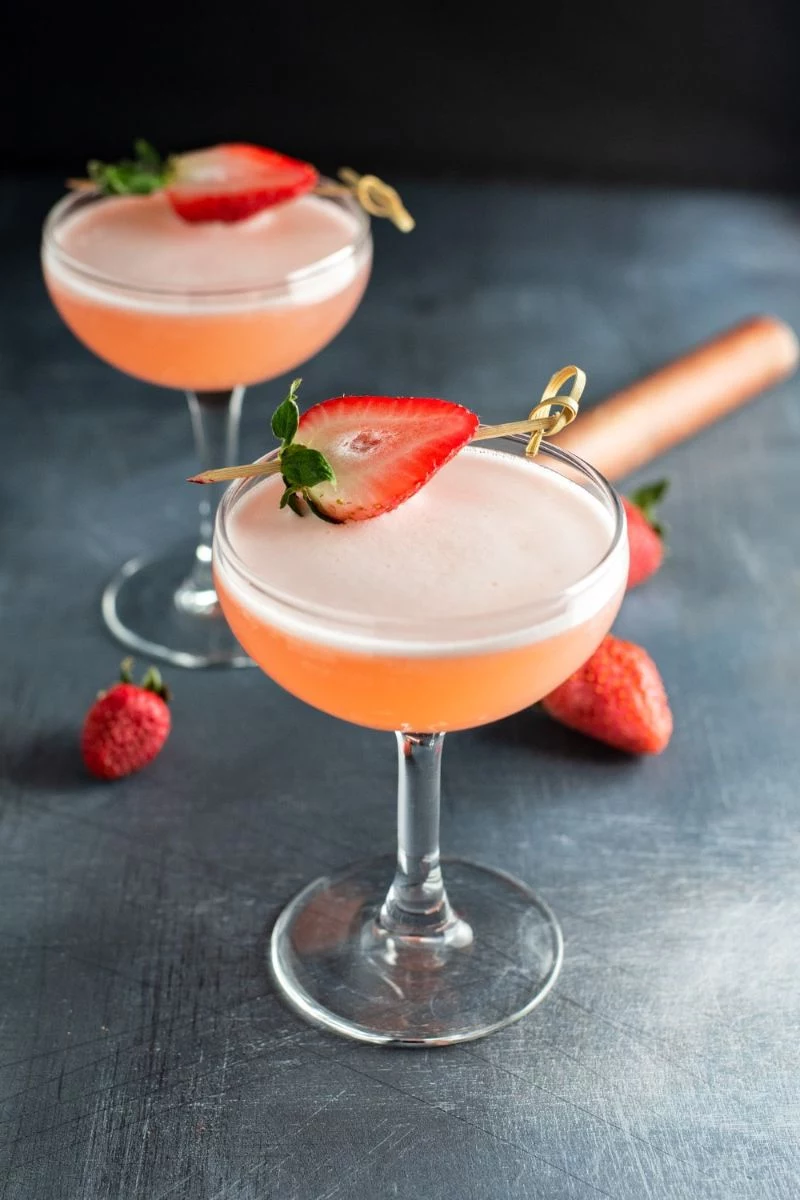
It takes between 7 and 10 years for a single Blue Weber agave plant to mature enough to be harvested for tequila.
This incredible patience is what gives quality tequila its complex, earthy flavors. Unlike grains that can be harvested annually, the spirit’s core ingredient requires a decade of growth. It’s a powerful reminder of the agriculture and time captured in every single bottle.
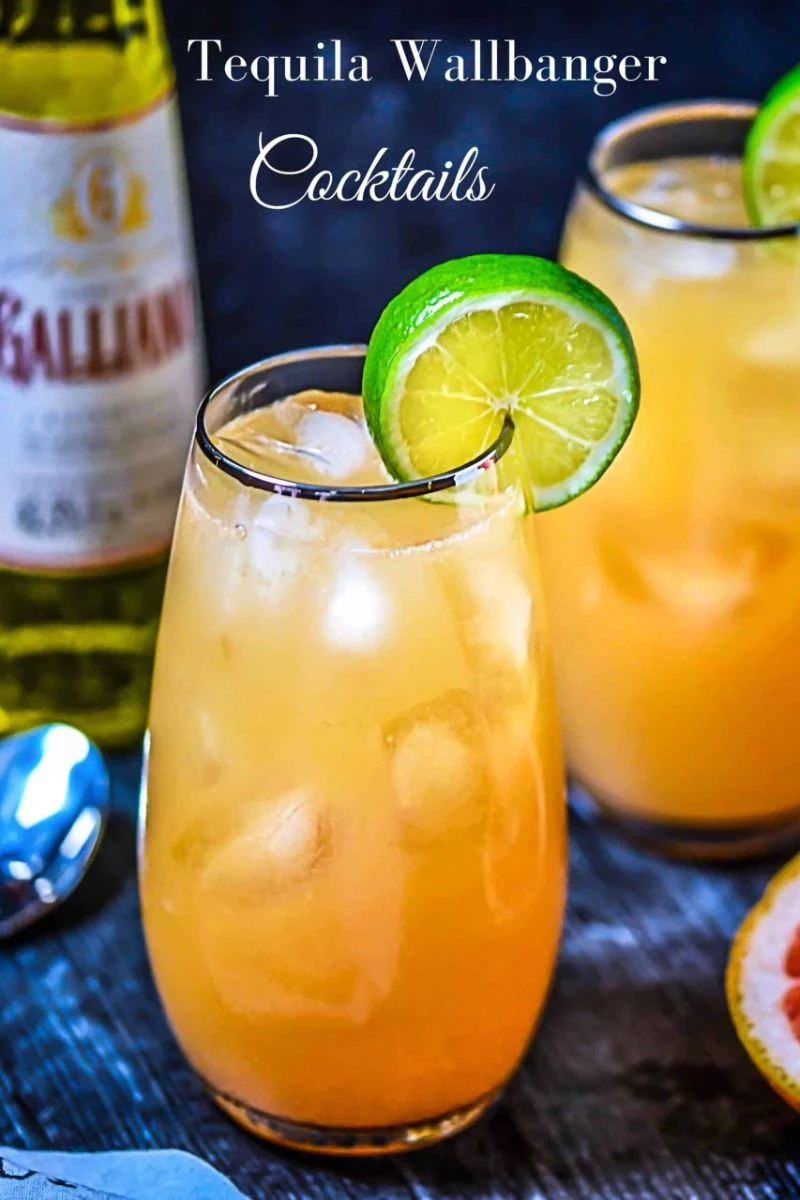
Is Mezcal just smoky Tequila?
Not quite, but they are close cousins. While all Tequila is a type of Mezcal, not all Mezcal is Tequila. The key difference is the cooking process: Tequila agaves are steamed in ovens, giving a clean agave flavor. For Mezcal, the agave piñas are roasted in earthen pits with wood and charcoal, which imparts that signature smoky, savory character. Think of it like a peated Scotch vs. a classic Speyside whisky—both delicious, but offering different experiences.
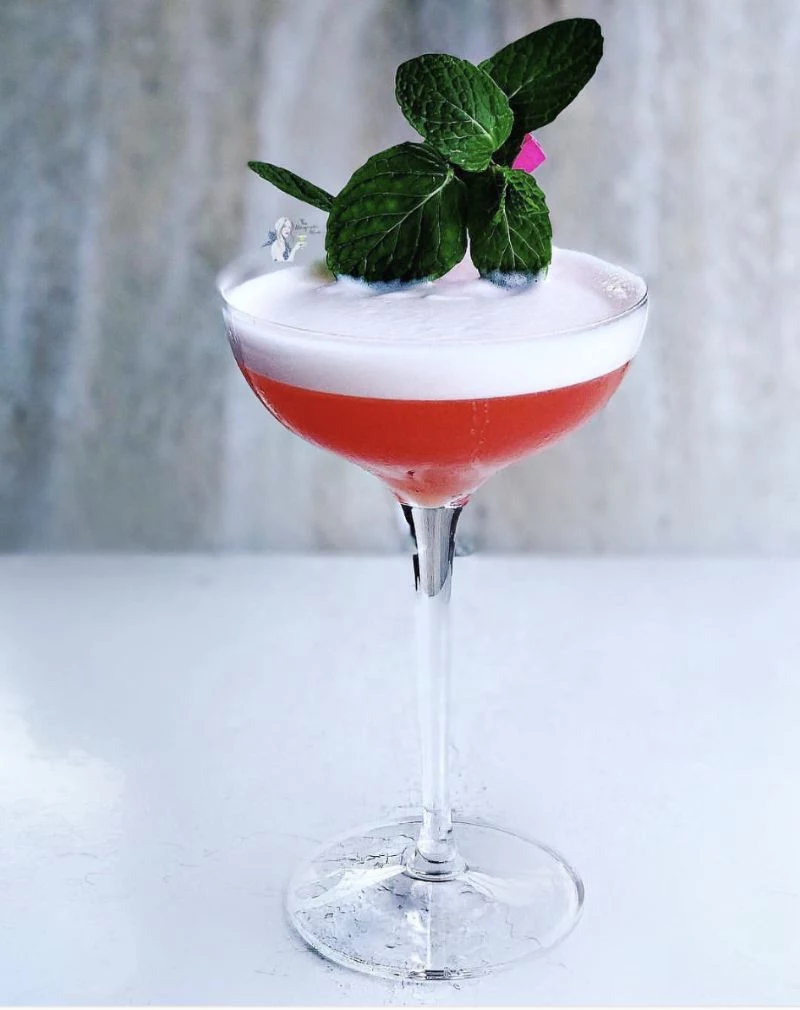
Ready to build your tequila cocktail station? You don’t need much, but the right tools make all the difference. Start with these essentials:
- A Boston shaker (a large tin and a smaller tin or pint glass) for a better seal and chill.
- A Hawthorne strainer to hold back ice and citrus pulp.
- A jigger with clear markings for 1 oz and 2 oz for precise pours.
- A quality citrus juicer—because fresh juice is non-negotiable.
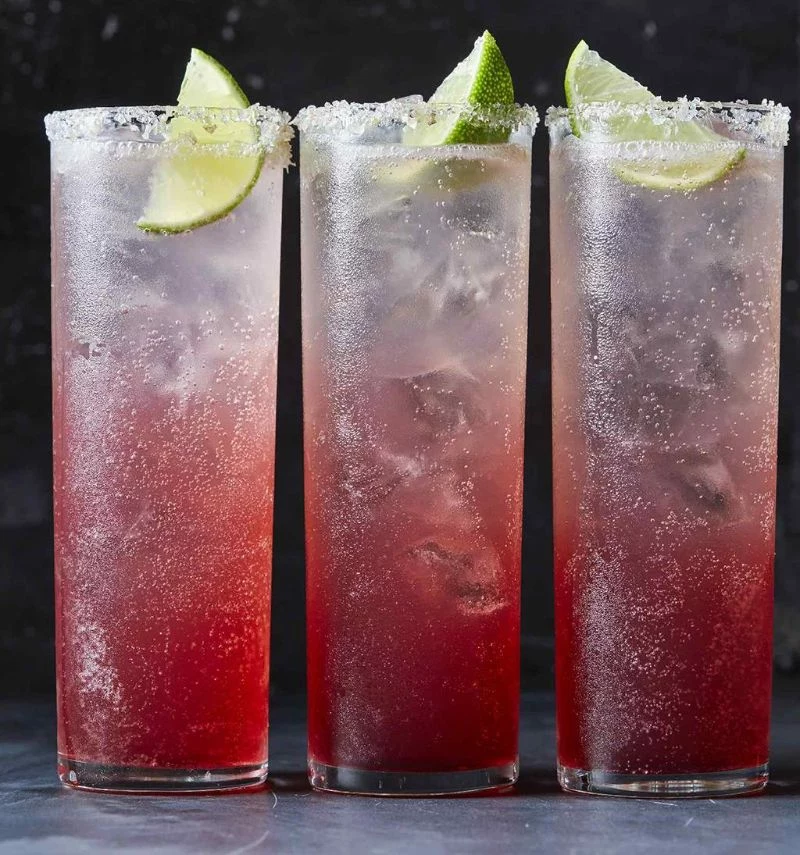
The single biggest upgrade for your cocktails: Squeeze your own lime and grapefruit juice. That pre-bottled stuff from the store contains preservatives that dull the flavor and add a metallic aftertaste. Freshly squeezed juice is brighter, more aromatic, and delivers the zesty punch that makes tequila cocktails sing. The five minutes it takes to juice a few limes is the best investment you can make in your drink.
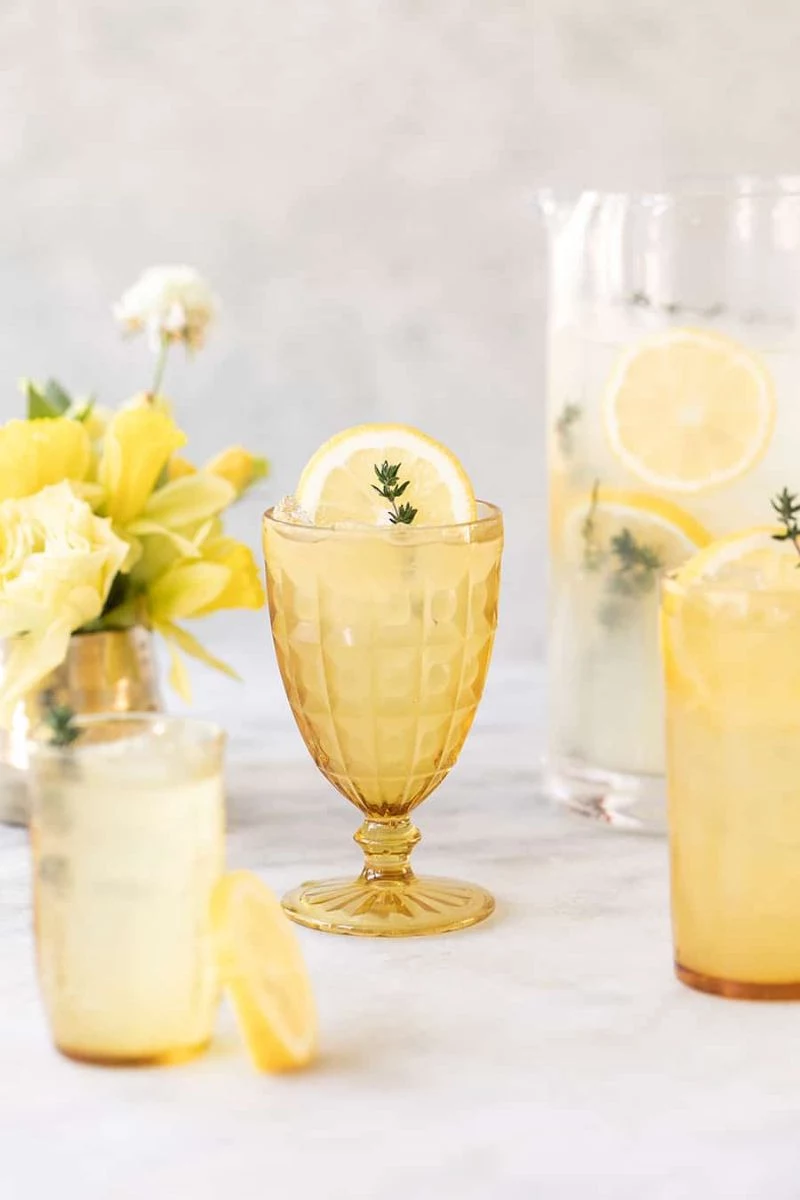
- A perfectly chilled, crisp texture without being watery.
- A clean taste that lets the tequila’s nuances shine through.
The secret? Better ice. Your home freezer ice is often cloudy and melts fast, diluting your drink. Invest in a simple silicone mold for large 2-inch cubes. They melt slower, look stunning, and keep your cocktail tasting exactly as you intended from the first sip to the last.
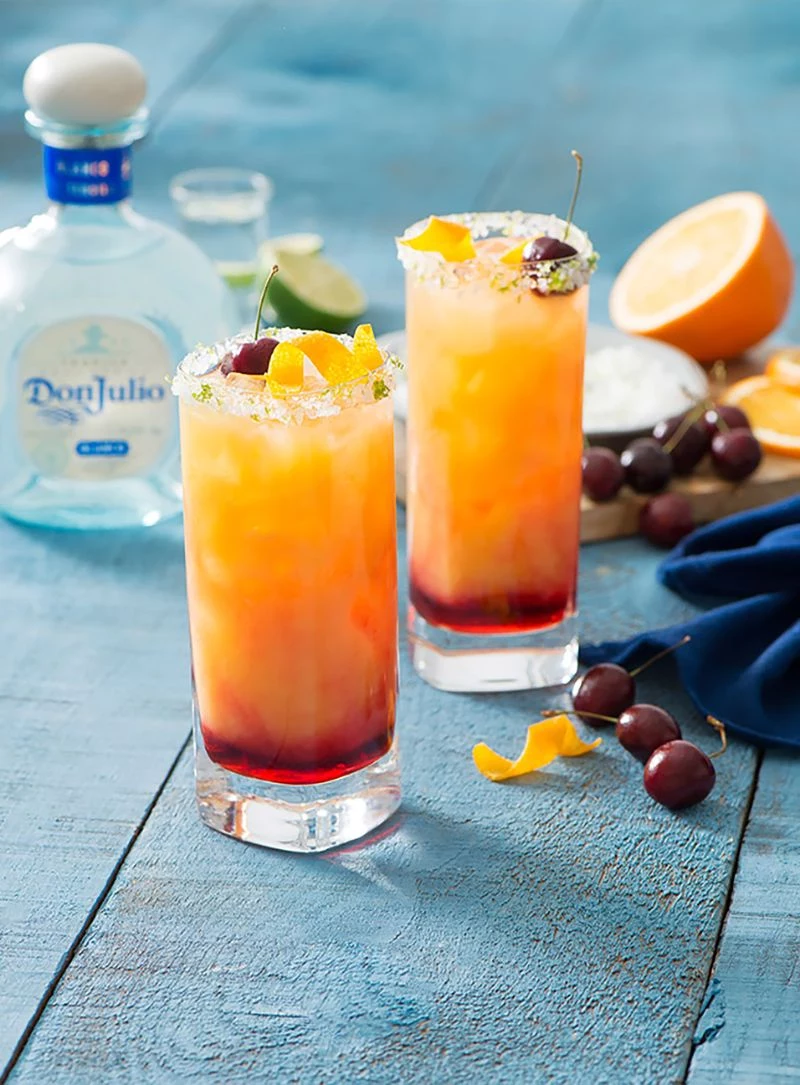
Move beyond a simple salt rim and give your glass some personality. A well-chosen rim complements the drink’s flavors and adds a stunning visual touch. The key is to only rim the outside of the glass. Just wipe a lime wedge around the outer edge and dip it onto a small plate.
- Spicy Margarita: Mix coarse salt with chili powder and a dash of cayenne.
- Paloma: Try pink Himalayan salt mixed with grapefruit zest.
- Watermelon Cooler: Use Tajín, a classic Mexican chili-lime salt, for a tangy kick.
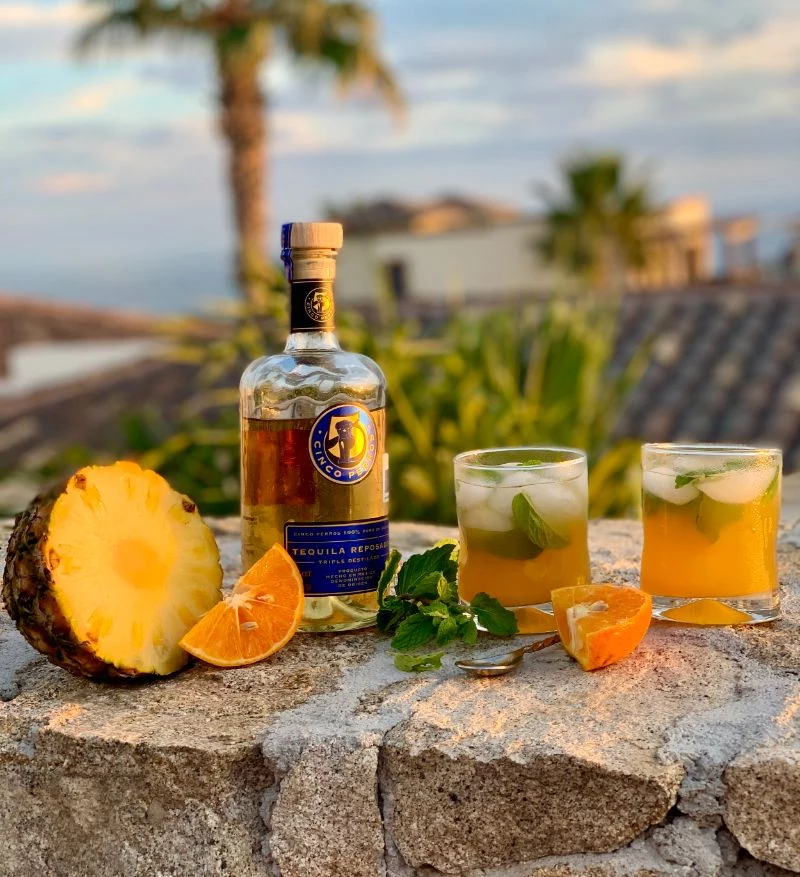
Think beyond chips and salsa. The vegetal notes of a good blanco tequila make it a fantastic match for seafood, especially ceviche or grilled shrimp tacos. A richer, oak-aged Reposado cocktail can stand up to heartier fare like grilled steak with chimichurri or even mole-braised chicken, where its caramel notes complement the complex, savory sauces.
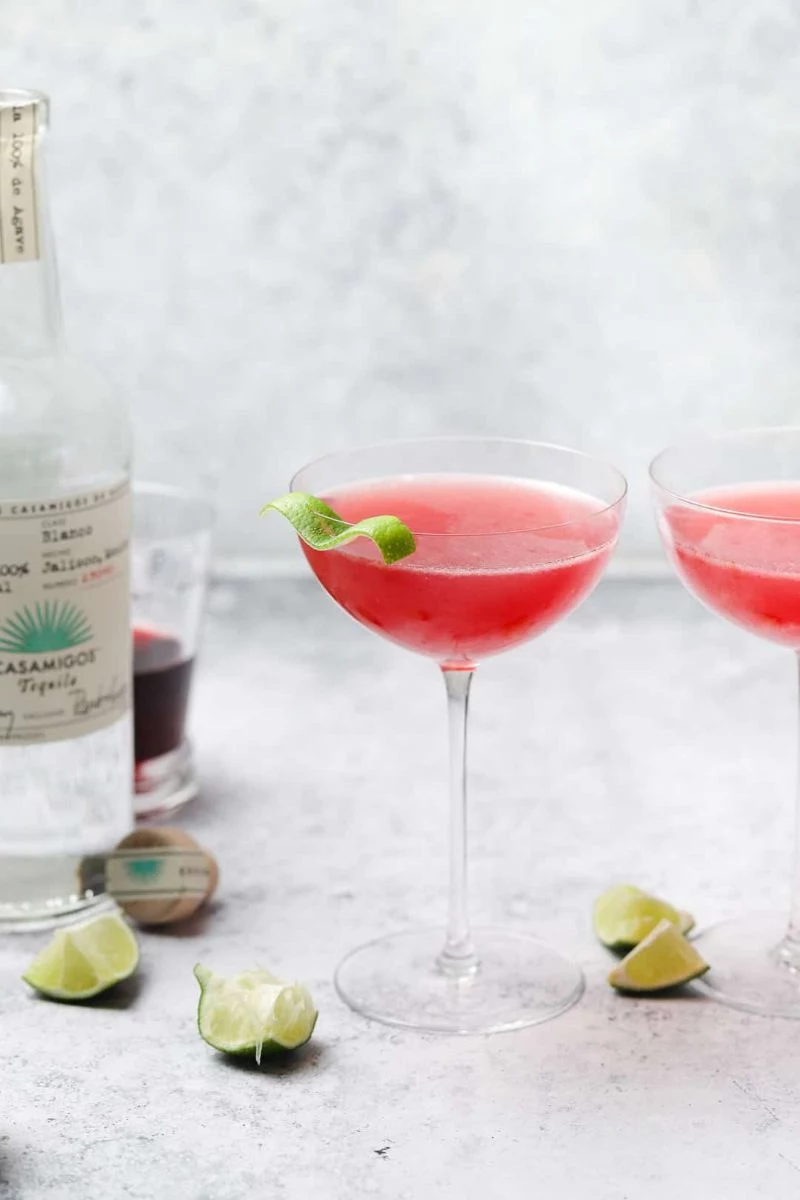
According to the Distilled Spirits Council of the U.S., premium Tequila/Mezcal sales have grown over 1,500% since 2002.
What does this boom mean for you? A golden age of choice. This incredible consumer demand has fueled an explosion of high-quality, craft-focused brands. It’s now easier than ever to find exceptional 100% agave tequilas like Siete Leguas or Fortaleza at your local store, offering complex flavors that were once reserved for connoisseurs.
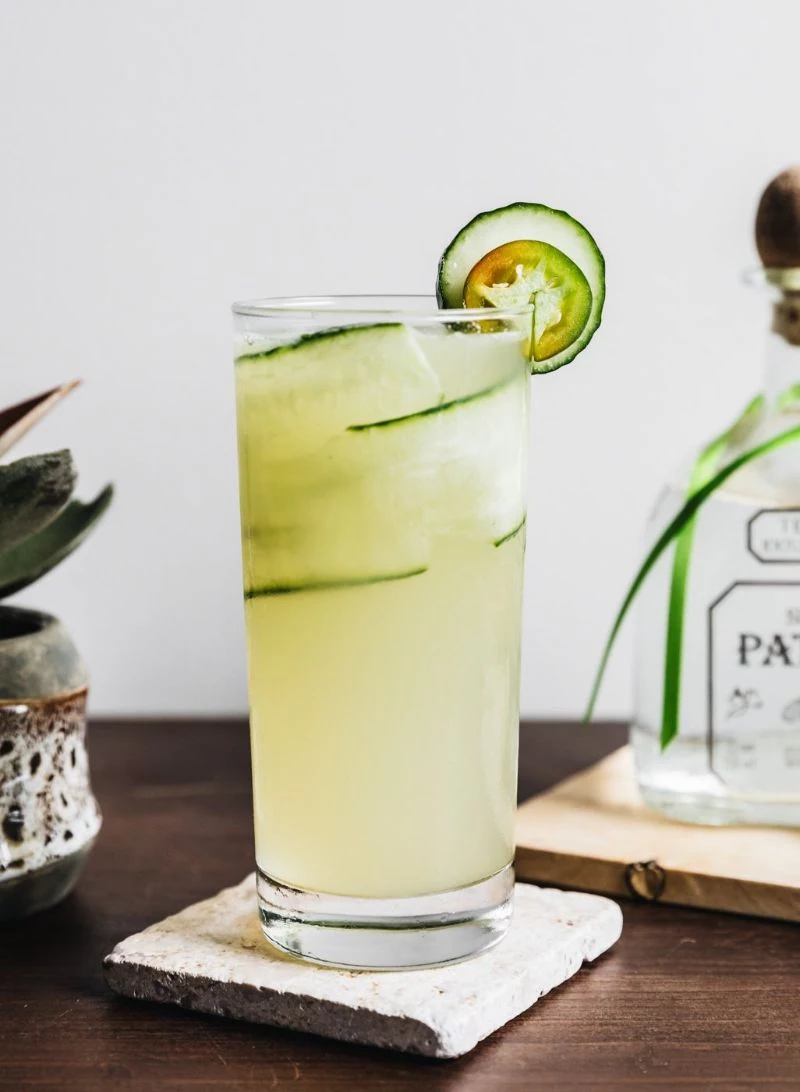
Looking for an authentic taste of Mexico? Go beyond the Margarita and mix up a Cantarito. This rustic, refreshing cocktail is a street-fair staple in Jalisco, tequila’s heartland. It’s a vibrant mix of blanco tequila, fresh orange, lime, and grapefruit juice, topped with a grapefruit soda like Jarritos or Squirt and served in a traditional clay cup. It’s complex, bubbly, and incredibly satisfying.
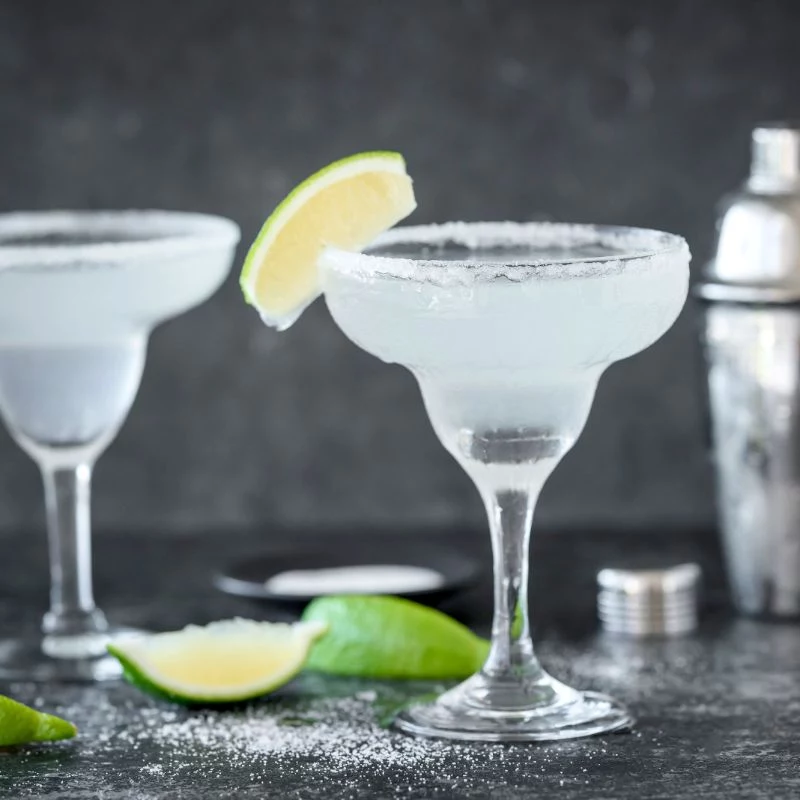
Want to add a controlled, fiery kick to your cocktails? Make a jalapeño simple syrup. Simply combine 1 cup of water and 1 cup of sugar in a saucepan. Add one sliced jalapeño (keep the seeds for more heat) and bring to a simmer until the sugar dissolves. Let it cool completely, then strain out the peppers. It will keep in the fridge for weeks and is the perfect way to craft a spicy Margarita on demand.
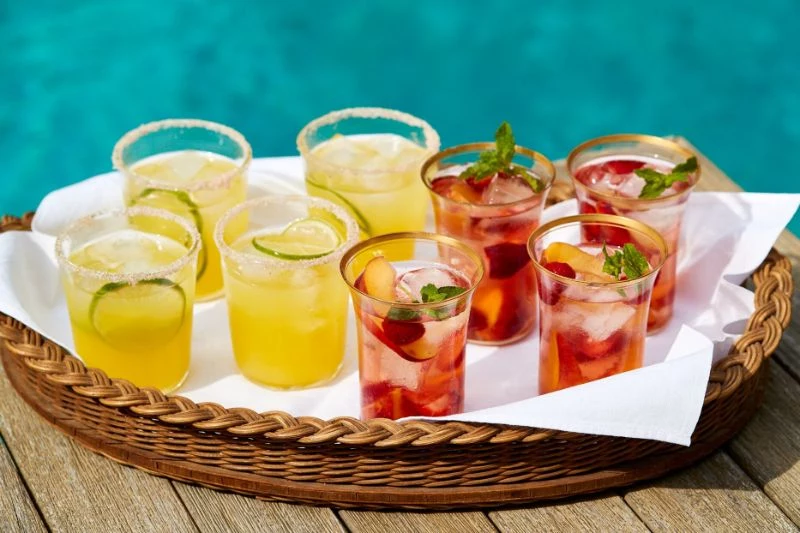
One common beginner mistake is shaking a cocktail for too long and too hard. While an enthusiastic shake looks cool, its main jobs are to chill and dilute. A vigorous 12-15 second shake is all you need for a drink with citrus. Overdo it, and you’ll add too much water, killing the vibrant flavors you worked so hard to balance.
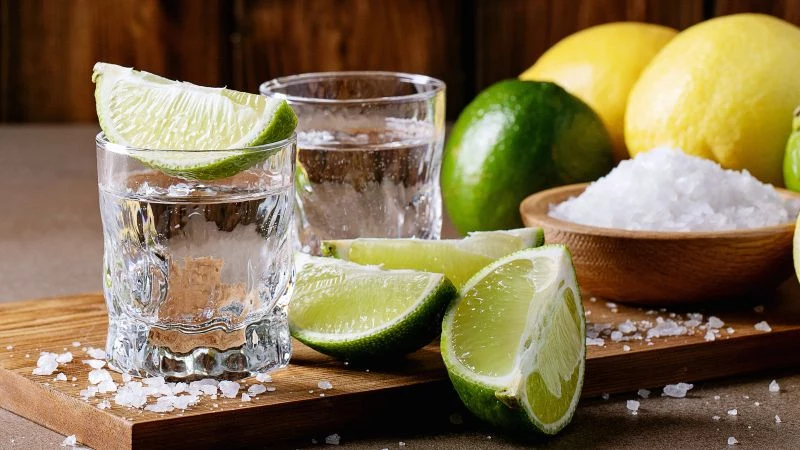
You don’t need to spend a fortune to get a fantastic 100% agave tequila. Brands like Espolòn Blanco and Olmeca Altos Plata offer incredible value and are beloved by bartenders for their quality and consistency. They have the classic peppery, citrusy notes that work beautifully in cocktails, proving that a great drink is more about smart choices than a high price tag.
The humble lime wedge has its place, but a beautiful garnish elevates your drink from a simple mix to a true cocktail experience. Try a thin, dehydrated orange or lime wheel for an elegant look. For herbal drinks, a fresh sprig of rosemary or mint adds a gorgeous aromatic element. In a fruity cocktail, a skewer of fresh berries or a long ribbon of cucumber looks—and tastes—divine.










